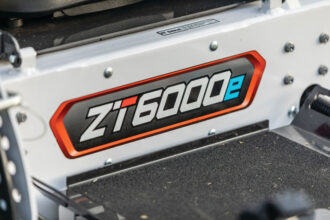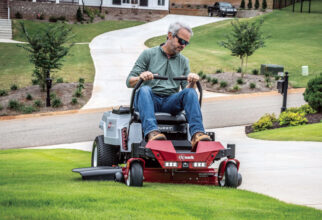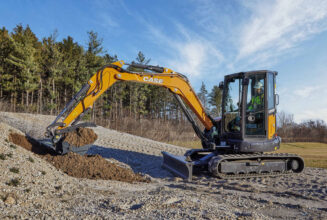Aerial work platform rental revenues declining
Aerial work platform (AWP) related revenues reached US$8.8 billion in 2007 and are predicted to have fallen by 3 percent to US$8.5 billion in 2008, according to the IPAF US Powered Access Rental Report 2008, released at the ARA Rental Show in Atlanta. The AWP rental business in the US equates to about 35 percent of total revenue from the construction and industrial equipment rental market.
The decline will continue into 2009, with AWP rental revenue in the US forecast to fall to US$7.7 billion, a decline of nearly 10 percent from the 2008 level.
The IPAF US Powered Access Rental Report is the result of a groundbreaking project to gather specific data on the powered access industry and to provide the industry with concrete data that was not available before. It was made possible by a first-time cooperation between the American Rental Association (ARA) and the International Powered Access Federation (IPAF), with research consultants IHS Global Insight.
The report predicts that the current US recession should end by late 2009, with shifts in the industry as residential and non-residential construction spending switch roles.
A broad recovery of AWP rental revenues is not expected to take place before 2011. However, on a positive note, most of the major economic and construction spending indicators show markets stabilizing in 2010 and then growing strongly after that.
Interestingly, the decrease of AWP rental revenues stemming from the lower demand is not expected to reduce the incidence of renting within the marketplace. All factors considered, the report concludes that rental penetration rates will remain at high values and may even, depending on the overall economic development, increase. First, the AWP fleets of rental companies are much younger than those owned by contractors. When investments are cut and business confidence is low, companies will prefer to rent rather than buy new equipment. Second, the trend of specialization and technical progress favor modern rental fleets compared to older equipment, leading to a higher propensity to rent equipment. Thus, while the recession will lead to reduced demand for AWPs in the short term, rental penetration will remain resilient and stay at high levels or even increase. In other words, rental will get an increasing share of a decreasing pie.
Another important plus factor is that AWPs are used in a wide range of applications – not only construction, but also maintenance, seasonal work and trade/transportation applications. These major business segments also influence the AWP industry and will provide some buffer from the difficulties in the construction industry.
Commenting on the report, IPAF managing director Tim Whiteman said, “In a difficult situation, it is ever more vital to have facts and figures to make sound strategic decisions. IPAF’s activities are growing in North America and this groundbreaking report is part of the support that we offer to members.”
The IPAF US Powered Access Rental Report 2008 can be purchased at US$235 (IPAF members) or US$355 (non-members).
IPAF is also publishing the IPAF European Powered Access Rental Report 2008, which is based on a similar research project in cooperation with the European Rental Association (ERA).
Both the US and European reports can be purchased at a special price of US$390 (IPAF members) or US$580 (non-members).
To purchase the reports, visit www.ipaf.org for details and the order form.




